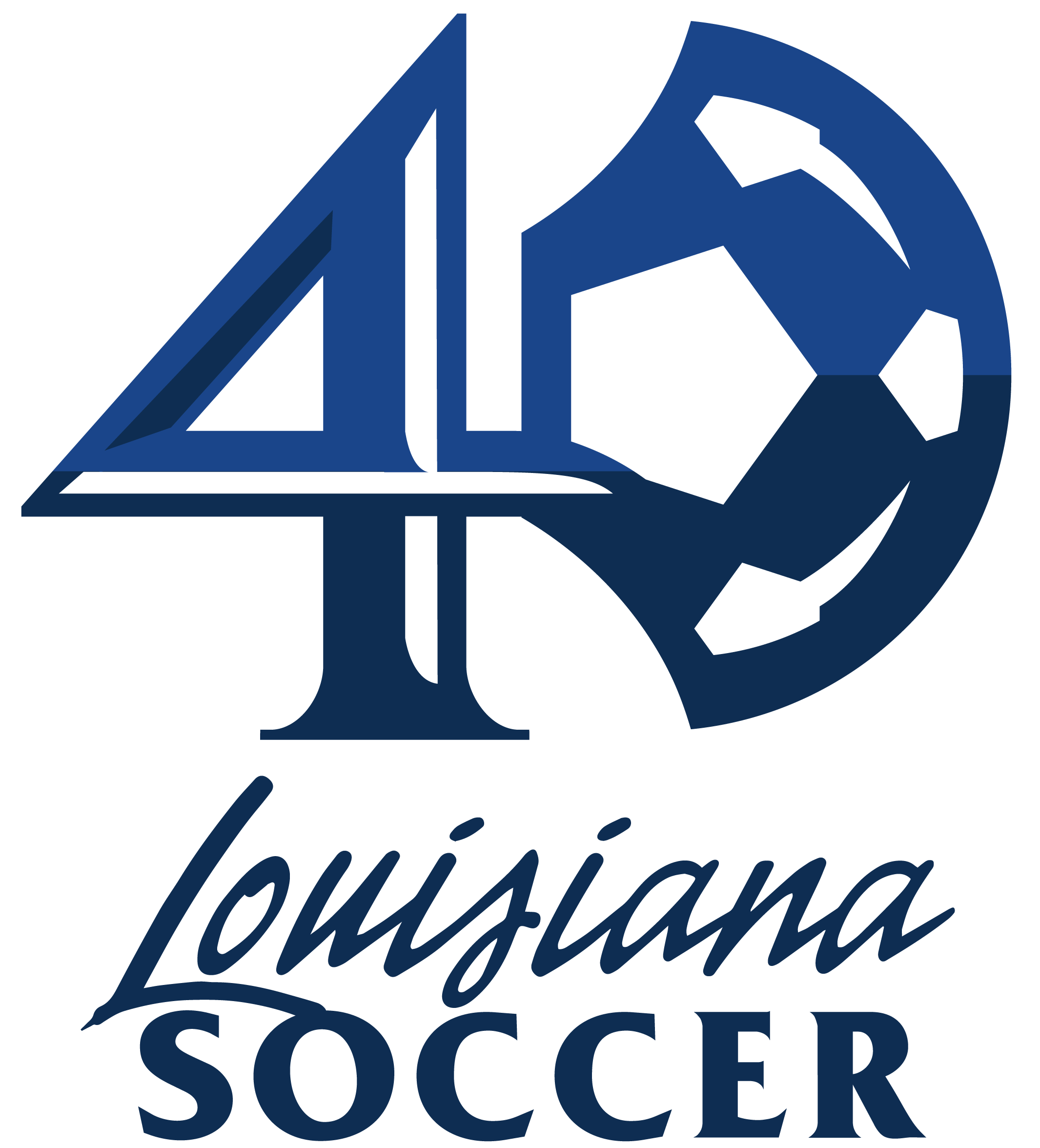SafeSports
In 2018, Congress passed The Protective Young Victims from Sexual Abuse and Safe Sport Authorization Act of 2017 (the SafeSport Act). The legislation is aimed at preventing and reporting child abuse in youth sports by expanding the categories of “mandatory reporters” and requiring organizations to provide enhanced training. LSA requires all of its adult members t and players over 18 years old to complete the training and follow the reporting guidelines of SafeSport. The training is offered to all registered LSA members through their GotSport Accounts. All required participants should complete this training before the beginning of any sanctioned activity in either July or August. For more information, please visit the U.S. Soccer Safeguarding Hub.
U.S. Soccer and LSA is committed to a culture of ethical conduct, safety and compliance. Below, you will find policies implemented by U.S. Soccer to create and maintain this culture, as well as information and how to report concerns about any violations of law, policy, ethics or rules regarding U.S. Soccer and it’s staff, athletes, and organization members. Timely reporting of violations supports U.S. Soccer’s commitment to a culture of ethics, safety and compliance and we appreciate your cooperation in maintaining a safe and healthy environment for all.
U.S. Soccer has a strict zero-tolerance policy on retaliation. They do not tolerate any form of retaliation against individuals who report suspected misconduct or participate in investigations. Click here for instructions on how to Report A Concern.
SafeSports Reporting –
In addition to requiring training, the SafeSport Act also expands the definition of mandatory reporter to include any “adult who is authorized, by a national governing body, a member of the national governing body…to interact with a minor or amateur athlete at an amateur sports organization facility or at any event sanctioned by a national governing body, a member of a national governing body, or such an amateur sports organization.” FYSA urges all adults to understand their reporting obligations outlined here:
Under the SafeSport Act, the reporting obligation is triggered when a mandatory reporter becomes aware of “facts that give reason to suspect” a child has suffered an incident of child abuse. Mandatory reporters should refrain from judging or evaluating the credibility of such allegations, and instead immediately report these incidents to law enforcement and to SafeSport. Failure to promptly (within 24 hours of becoming aware) report suspected child abuse to law enforcement may constitute a violation of federal law, state law and U.S. Soccer’s SafeSport Policy. If you have suspicions that must be reported use the button below to file a SafeSport report.
USSF Prohibited Conduct Policy –
U.S. Soccer’s Prohibited Conduct Policy includes a code of conduct for direct U.S. Soccer participants and imposes requirements for reporting misconduct as dictated by the Safe Sport Act, the Safe Sport Code and U.S. Soccer policy.
USSF Physical Well Being Policy –
U.S. Soccer and LSA is committed to promoting safe play and providing education about how to reduce injury in soccer players of all ages.
USSF Minor Athlete Abuse Policy –
U.S. Soccer’s Minor Athlete Abuse Prevention Policy (“MAAPP”) limits one-on-one interactions between adults and minor aged participants, sets standards for abuse prevention training, and dictate rules for sports setting designed to prevent abuse and misconduct.
Concussion Education
Research has shown that over 30% of concussions in soccer are caused by heading the ball or by attempting to head the ball and colliding with a player, object, or the ground. 11% of children who suffer a concussion still have symptoms three months later. Persistent post-concussion symptoms can be devastating. There is a growing body of literature showing that heading a soccer ball can result in problems with memory and attention, as well as structural and metabolic differences visible on advanced brain imaging, even in the absence of a symptomatic concussion. Further, there is substantial evidence supporting the notion that young people may be more susceptible to damage resulting from repetitive concussive and sub-concussive brain trauma. In younger children, the long term effects of brain trauma can become apparent years after injury, as normal developmental milestones are disrupted.
Numerous organizations and foundations across the country have pledged to attack the epidemic of concussions in youth sports. The research and the science of concussions in young athletes is as compelling as it is undeniable. US Soccer is not alone in its campaign and LSA hopes, with the resources listed below, to help educate all of our parents, players, coaches and referees.
To help ensure the health and safety of young athletes, CDC developed the HEADS UP Concussion in Youth Sports initiative to offer information about concussions to coaches, parents, and athletes involved in youth sports. The HEADS UP initiative provides important information on preventing, recognizing, and responding to a concussion. To learn more on the basics of brain injuries, simply CLICK the CDC logo to the left. To go to any one of the CDC Resources simply CLICK on the title below.
Concussion Fact Sheet for Coaches
Hoja Informativa para los Entrenadores
Concussion Fact Sheet for Parents
Hoja Informativa para los Padres
Concussion Fact Sheet for Players in General
Hoja Informativa para los Atletas
Concussion Fact Sheet for Players Aged 11-13

